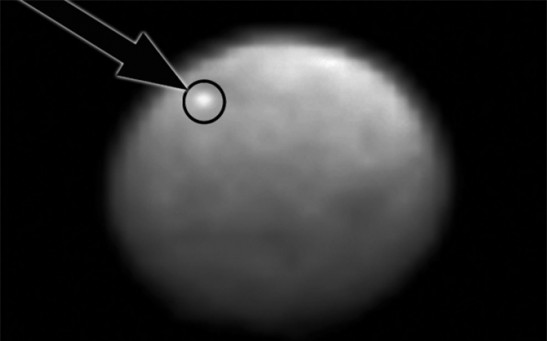astronomy
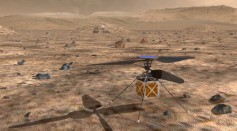
Could the Skies of Mars One Day Be Filled with Drones
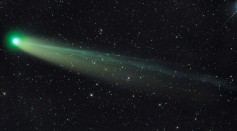
So Long Lovejoy, See You in 8,000 Years
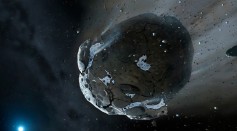
Massive Asteroid Doing a Flyby of Earth

NASA Researchers Resolve Every Star in New Panoramic View of Andromeda
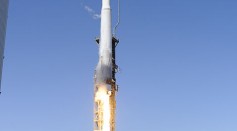
Navy Launches New Communications Satellite
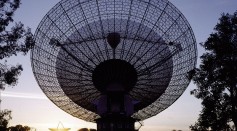
Follow-Up on the Alien Radio Transmissions and What they Could Mean for Researchers? Finding Stellar remnants far after the blast

Dust on the Ocean Floor Reveals Ancient Supernova
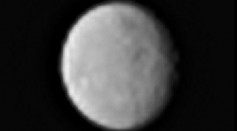
Dwarf Planet Ceres Approached by Dawn
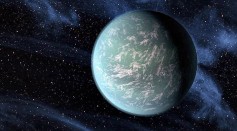
Planets Outside Our Solar System May Be More Hospitable to Life Than Originally Believed
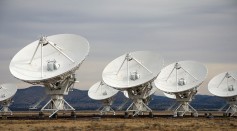
Mysterious Radiowave Outburst Captured From Space in the Blink of an Eye

Twin Astronauts Prepare for New Mission on the ISS
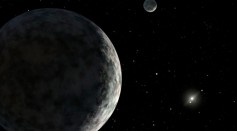
New Planets Hiding In the Shadow of Pluto
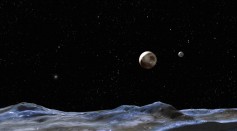
New Study Reveals Prospective Planets Just Beyond Pluto—And There May Be More Than One
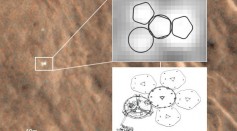
Beagle 2 Discovered Intact on Mars Surface
Most Popular

How Technology Is Changing the Real Estate Industry?

Nikolay Karpenko Biography, Photo, Career, Accomplishments

How a Plant-Based Diet Can Protect Against Breast Cancer: Insights from Nutrition Research

The Role of AI in the Next Generation of Logistics: Insights from Tobias Waldhecker

